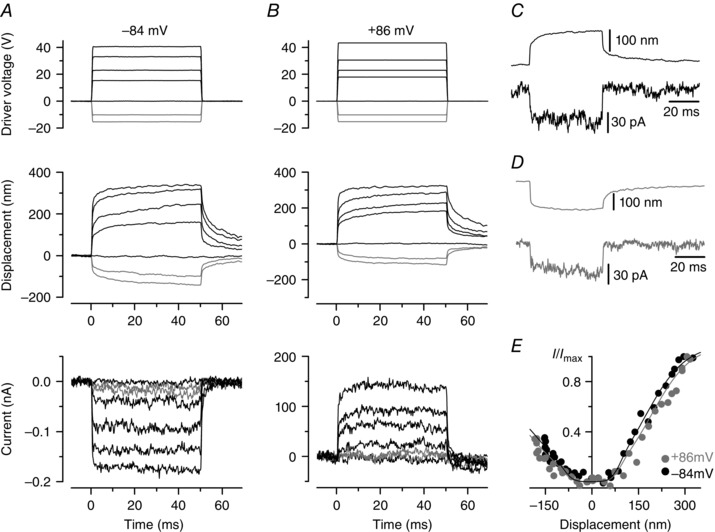Figure 2. Mechano‐electrical transduction by an sv/sv OHC .

Experimental conditions as in Fig. 1. A and B, excitatory force stimuli applied to an sv/sv P7 OHC elicited MET currents with no signs of adaptation at both −84 and +86 mV. There was no resting MET current at either potential. C and D, bundle displacement and MET current in response to a positive (C) and negative (D) driver voltage (30 V); holding potential = −84 mV. Both excitatory (C) and inhibitory (D) displacement caused the activation of a small inward current, as also evident in the next panel. E, normalized peak MET current as a function of displacement, fitted with eqn (1). For positive bundle displacement at −84 mV I max = −172 pA, a 1 = 0.065 nm−1, a 2 = 0.016 nm−1, x 1 = 82 nm, x 2 = 178 nm; at +86 mV I max = +139 pA and the other parameters were as at −84 mV, except for x 1 = 93 nm and x 2 = 195 nm. For negative bundle displacements at −84 mV I max = −112 pA; at +86 mV I max = +90 pA. Absolute values of all other parameters are as for positive displacements, but with a 1,2 and x 1,2 being negative.
